Sheffield history: Holy Green - the small road between The Moor and Charter Row with a big history
and live on Freeview channel 276
Most of it remains hidden underneath the huge concrete ramp that allows drivers to enter the multi-storey car park above Atkinsons.
This was once an extension of Eldon Street but hidden underneath the sprawling mass of Atkinsons department store is an extraordinary history that gives Holy Green its name.
Advertisement
Hide AdAdvertisement
Hide AdWe must go back to the 1700s when Sheffield was a town surrounded by fields and countryside. It gradually expanded until its southern edges skirted a gorse-clad swampy common called Sheffield Moor.
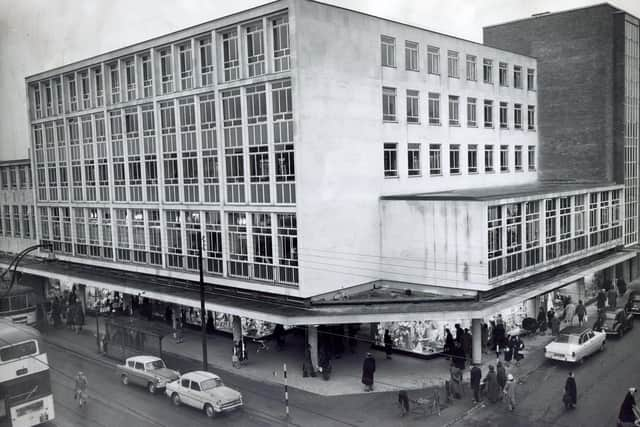

A footpath of single stone was eventually cut through the heath leading to the tiny hamlet of Little Sheffield.
It was a gentleman called Thomas Holy (1752-1830) who built a house at the edge of Sheffield Moor.
Holy Green House had a straight avenue of large leaved poplars leading to its substantial doorway, with a kitchen garden at the back, and a grass field called ‘The Croft.
Advertisement
Hide AdAdvertisement
Hide AdHe was a cutlery manufacturers’ merchant and a member of an old Sheffield family of button-makers and soon afterwards added the small works of Holy, Suckley and Co. at the back of the house towards Button Lane (taking its name from the factory, and broadly following the line of present-day Charter Row).
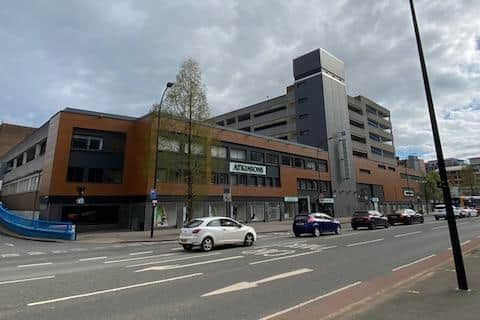

He built-up the business until it became an international concern, later diversifying into mining and other mineral activities.
Thomas also became a prominent landowner, buy tracts of land from the Duke of Norfolk, and later leasing it to developers in what became the residential suburbs between Glossop Road, Broomhill and Fulwood.
He was also an early member of the Sheffield Wesleyan Methodist Society and was actively involved in the building of Carver Street Chapel (now Walkabout) in 1805.
John Wesley was a guest of Thomas on several occasions.
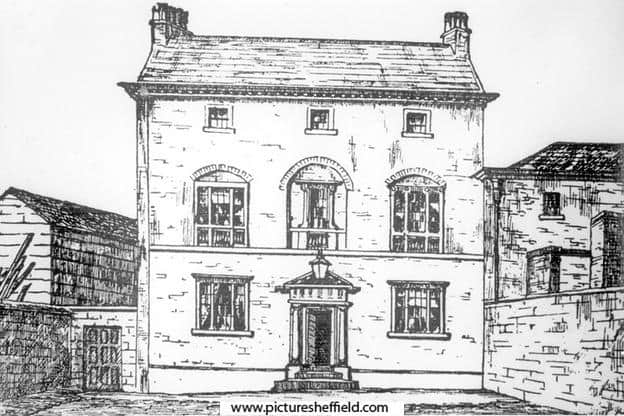

Advertisement
Hide AdAdvertisement
Hide AdIn 1786, “after preaching service (at Norfolk Street Chapel) crowds followed Wesley to Mr Holy’s house on the Moor, the streets were lined, and the windows filled with people anxious to have a glimpse of him. During the walk Wesley emptied his pockets scattering gifts to the poor. A vast crowd assembled in front of Mr Holy’s house. Wesley walked into their midst, knelt, and asked God to bless them, the crowd weeping at the thought of losing him.”
Thomas Holy died at Highfield House in 1830, but by this time Holy Green House was occupied by John Hessay Abraham, a Fellow of the Royal Society, and Principal of the Milk Street Academy, a classical, commercial, philosophical, and mathematical seminary for boys, some of whom boarded at his house.
On his retirement in 1835, his daughters, Mary, and Eliza, opened a girls’ school at Holy Green House.
“There were balsam poplars edging the walk, the scent of which was delicious after a shower in the spring, and a clematis arbour in the back garden abutting onto Button Lane.”
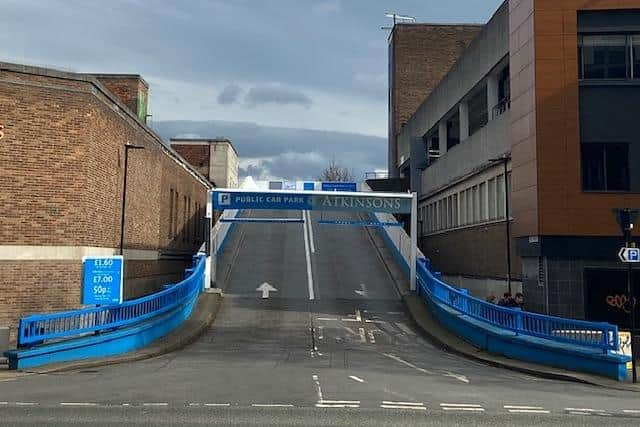

Advertisement
Hide AdAdvertisement
Hide AdJ.H. Abraham had been presented with a service of silver plate when he retired, and the girls drank their supper milk and water from silver beakers served by a man servant in white cotton gloves.
The music master was a handsome young Hungarian called Welhi, who encouraged his girls to give concerts for the important people of Sheffield.
However, the most fascinating person was the French teacher, an old lady, who was strong-minded, eccentric, and wore a horsehair wig kept in place by a velvet ‘brain band’ and covered by a white cap.
She was fond of descending into the schoolroom at night, opening the shutters and reciting poetry in the moonlight. But she was also prone to outbursts with the girls.
Advertisement
Hide AdAdvertisement
Hide Ad“I, who am the daughter of one of Napoleon’s generals and the wife of another, oh why have I to teach the daughter of a tailor?’ she asked bitterly one day.
The school closed in 1855 and Holly Green House was taken over as lodgings for the Sisters of Notre Dame, from Namur, in Belgium, who had opened a Roman Catholic school on Surrey Street.
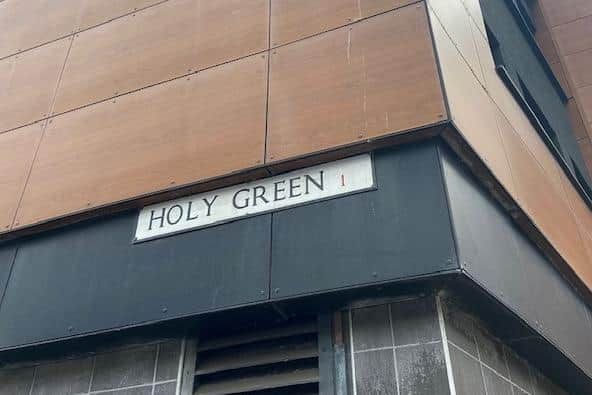

They also started a school here in what was destined to become the great Notre Dame School that has served generations of Sheffield Catholics ever since.
The Sisters of Notre Dame relocated to Convent Walk in 1860 and Holy Green House appears to have been empty for several years before becoming home and workplace to Samuel Smith Middleton, a wholesale beer merchant, and agent for breweries across the country.
Advertisement
Hide AdAdvertisement
Hide AdThis part of expanding Sheffield was still relatively undeveloped and by 1870 there was still open space at Holy Green House between Button Lane to Sheffield Moor, the original path now known as South Street with several one-storey shops.
It was in one of these shops that John Atkinson, a draper, arrived in 1872, subsequently absorbing neighbouring properties built on the green lawns of Holy Green House.
A passage led between the shops to the house, now hidden from South Street, and occupied by Ecclesall Working Men’s Club after 1871.
On the further extension of Atkinson’s premises, the low shops were demolished, as was Holy Green House, and the last of its picturesque grounds disappeared forever.